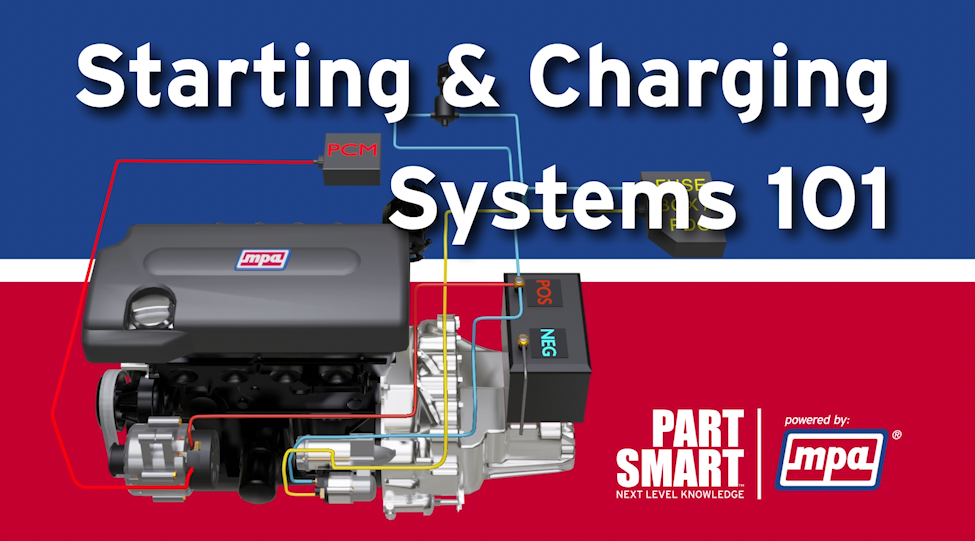
Starting & Charging System Video Guide
Understanding the Problem
While professional installers know the ins and outs of starting and charging systems, many drivers and DIY enthusiasts lack knowledge about how these systems work, proper maintenance, and voltage testing practices.
“Proactively identifying the warning signs can help drivers avoid costly repairs and stay safely on the road.”
The Goal
This video series is designed to raise awareness and help viewers recognize the warning signs that indicate potential problems with the starting and charging system.
“With this video series, we aim to empower professional mechanics to better educate their customers and encourage DIYers to maintain their vehicles with confidence.”
Key Issues
- Lack of Awareness: Many people don't understand how critical these systems are for their vehicle’s overall performance.
- Maintenance: Regular inspection and upkeep are necessary, but most drivers are unaware of the maintenance routines required.
- Voltage Testing: This essential diagnostic step can detect early issues, but is often overlooked or misunderstood.
“Regular maintenance and early detection of issues can save significant time and money in the long run.”
Our Solution
Starting and Charging 101 shows the warning signs that are often ignored and provides practical advice on maintaining starting and charging systems. The video outline the components of the starting and charging systems by covering the following:
- The crucial role of the battery in powering various vehicle systems and maintaining overall performance.
- The importance of a reliable starting system for consistent engine ignition.
- The significance of an efficient charging system to keep your vehicle running smoothly.
- Essential maintenance tips to ensure the longevity and reliability of your vehicle's components.
- Basic check procedures to help you identify and troubleshoot potential issues.
A Call to Action for Professional Installers
We ask professional installers to share the video below with their customers to help them understand the maintenance practices that will keep their starting and charging system in top shape. Share it with customers and DIYers to spread awareness and promote safer, proactive vehicle care!
Starting and Charging FAQ
The Battery
The Starting System
The Charging System
Voltage Testing
Additional PDFs on Starting and Charging Systems
For additional starting and charging system maintenance, our growing Part Smart PDFs below. You can also find more Part Smart PDFs at: https://partsmartlibrary.motorcarparts.com/
Issues, Questions or Concerns? Please Call Our Tech Support Hotline
Technical Support Hotline: 800-228-9672
M-F 5:30AM-5:00PM PST, Sat 6:00AM-2:30PM PST
En Mexico, por favor llame al 800-767-0210

Available online, on the phone, or in-person, Part Smart provides technical instruction, product information, and after-sale support geared to deliver the skills, knowledge, and training automotive repair professionals demand.




